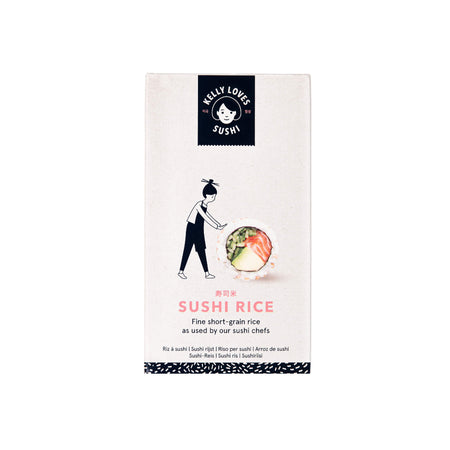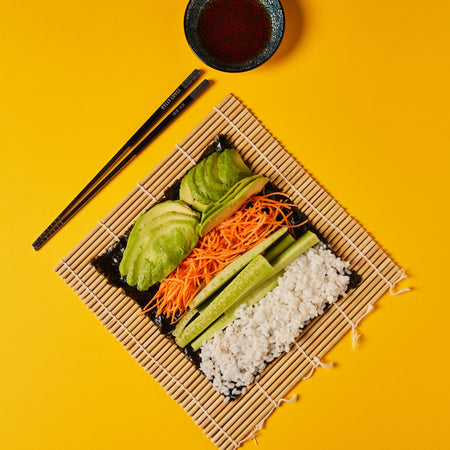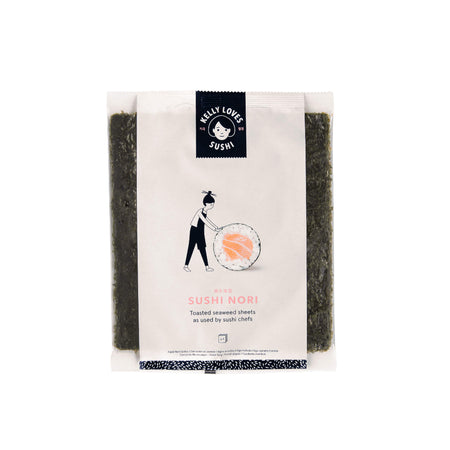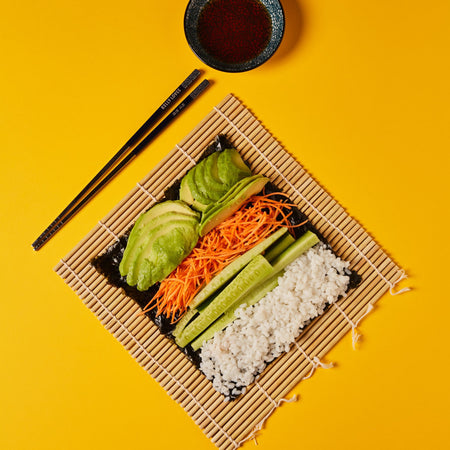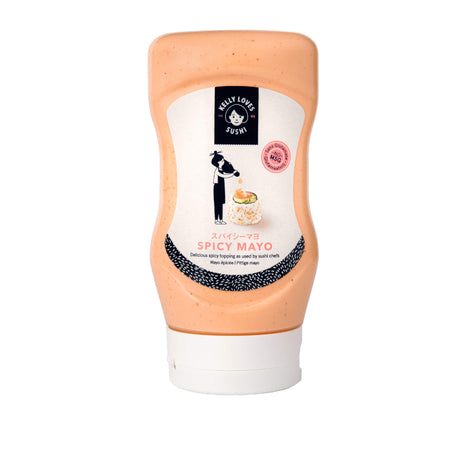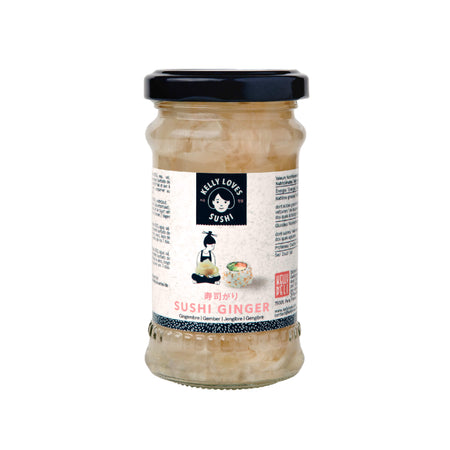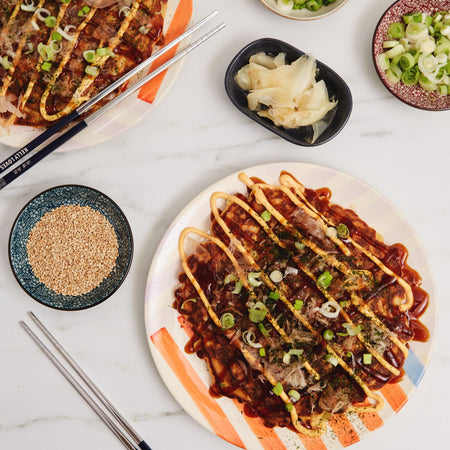A guide on how to use soy sauce in cooking

The trick is to gain some inspiration. The kitchen offers you a place where you can experience the cuisine of any country you like, without leaving your house! Fill your kitchen cupboards with new foods that you can get excited about: authentic, naturally brewed soy sauce (you’ll taste the difference), kimchi, sushi ingredients, yuzu jelly tea and much more.
It’s amazing what a humble bottle of soy sauce can do! Go forth and get some inspo…
How to cook using soy sauce?
Use as a glaze when cooking meat
A soy sauce glaze is cooked on the meat so that the sugars caramelise. The glaze encompasses all your senses: it’s sweet, umami and flavoursome, adding a wonderfully sticky texture, a rich, lustrous sheen and a mouth-watering aroma. It’s also really quick and easy to make. You probably enjoy soy-glazed Korean fried chicken and salmon when you’re dining out — there’s no reason why you can’t whip some up at home. It takes minutes. When you’re roasting a joint of meat and the meat is cooked, simply mix soy sauce with an equal amount of maple syrup or honey, brush it over the roasted joint and stick it back into the oven to allow the glaze to caramelise. If you have some more time to get creative (and we’re only talking 10 minutes) then add some ingredients to a pan and reduce them:
- Start by adding 4 tsp ginger, 4 tbsp garlic and 4 tsp sesame oil to a pan and heat for 30 seconds.
- Remove the pan from the heat to let the sauce cool and thicken.
- Then add 125ml soy sauce, 6 tbsp honey, 6 tbsp dark brown sugar, 2 tbsp oyster sauce and 2 tbsp of apple cider vinegar.
- Return to the heat for 8-10 minutes or until the sauce has reduced by half.
- Brush the glaze over your roasted meat and return it to the oven so that the sauce caramelises.
Use to marinade food before cooking
Marinating your meat in soy sauce before cooking will make it so much tastier! And again, it doesn’t take much effort. You can either marinate the meat in soy sauce on its own, or you can add some other ingredients like garlic, vinegar and lemon zest. Only marinate your meat in soy sauce for about half an hour. Any longer, and the food will taste too salty. From salmon to pork chops, chicken or steak, they’ll all soak up the umami flavour from the soy sauce. The soy sauce will help to balance acidic flavours from the vinegar and lemon. Another great combo is soy sauce and coffee marinade for an extra juicy steak. Yes, really! Just mix soy sauce with a strong cup of coffee, some garlic and some brown sugar and marinade the steak before cooking. If you’re planning on frying, searing or sautéing the meat, then blot the meat dry with a paper towel to stop it from sticking.
Use for seasoning meals
Soy sauce is naturally salty, so it makes a great substitute for salt. In any situation where you’d add some salt — try shaking some soy sauce over the food instead. Bolognese sauce, chilli con carne, scrambled egg, shepherd’s pie, soups, chips, ramen noodles, Korean fried chicken — you name it, give it a try. When making your Sunday roast, brush your chicken with soy sauce before you pop it in the oven for a crispy finish, or add some soy sauce to the gravy. The bonus is that soy sauce doesn’t just add saltiness, it adds that deep, rich umami flavour. So we’d say that soy sauce beats salt for seasoning!
Use as a dipping sauce
Sushi soy sauce with a dash of wasabi is a famous combo: plan your own sushi-making session with a sushi at home kit to add some fun to dinnertime!
For a huge wow factor with low effort, you can also make a very tasty Korean dipping sauce using soy sauce. This dipping sauce works really well with Korean mandu (dumplings) and kimchi pancakes. It’s just a case of mixing some ingredients together:
- Mix 4 tbsp soy sauce, 2 tbsp demerara sugar, 4 tbsp rice vinegar and 4 tbsp water in a bowl until the sugar dissolves.
- Mix in some optional ingredients: ½ tsp gochugaru (chilli flakes), ½ tsp sesame oil, ½ tsp garlic ½ tsp, ½ tsp chopped spring onion, ½ tsp roasted sesame seeds.
- Dip in your dumplings or pancakes!
Warning: this sauce is sweet, tangy and utterly addictive!
Use as a salad dressing
Have you got some salady bits in your fridge? Any veggies you can chop up? Or some cold leftover soba noodles? Soy sauce is the star ingredient in a salad dressing. If you usually mix up some olive oil and vinegar dressing, simply add a splash of soy sauce for a richer taste which tempers the vinegar. Alternatively, try our extra special recipe and mix together:
- 2 tbsp reduced-salt soy sauce
- 1 tbsp tomato purée
- 2 tbsp rice wine vinegar
- 2 tbsp caster sugar
- 2 tsp ginger, chopped
- ½ small onion, chopped
Coconut aminos will also work as an alternative to soy sauce
Think of soy sauce as a handy flavour enhancer that you can add to most meals to enliven them. Soy sauce isn’t just used for sushi and stir-fries, but also for fusion food, for example, to marinade your Sunday roast, or add it to a Mexican fajita or Caribbean fried chicken sauce. There are endless ways to use soy sauce and we have only mentioned a fraction. Have fun exploring and invite friends and family over to enjoy the result!
